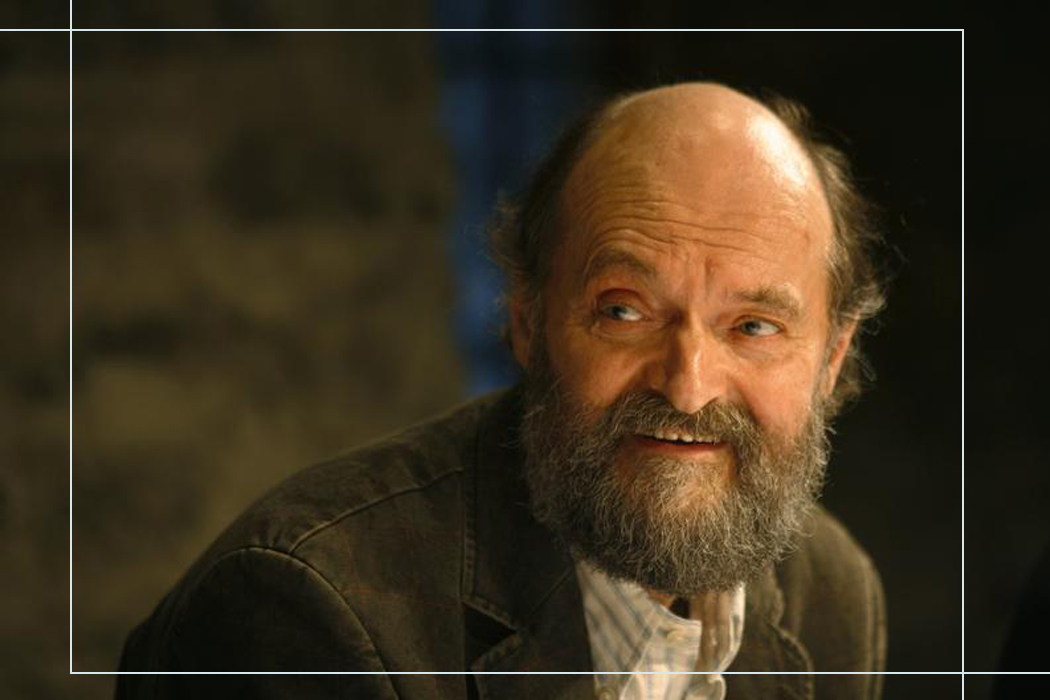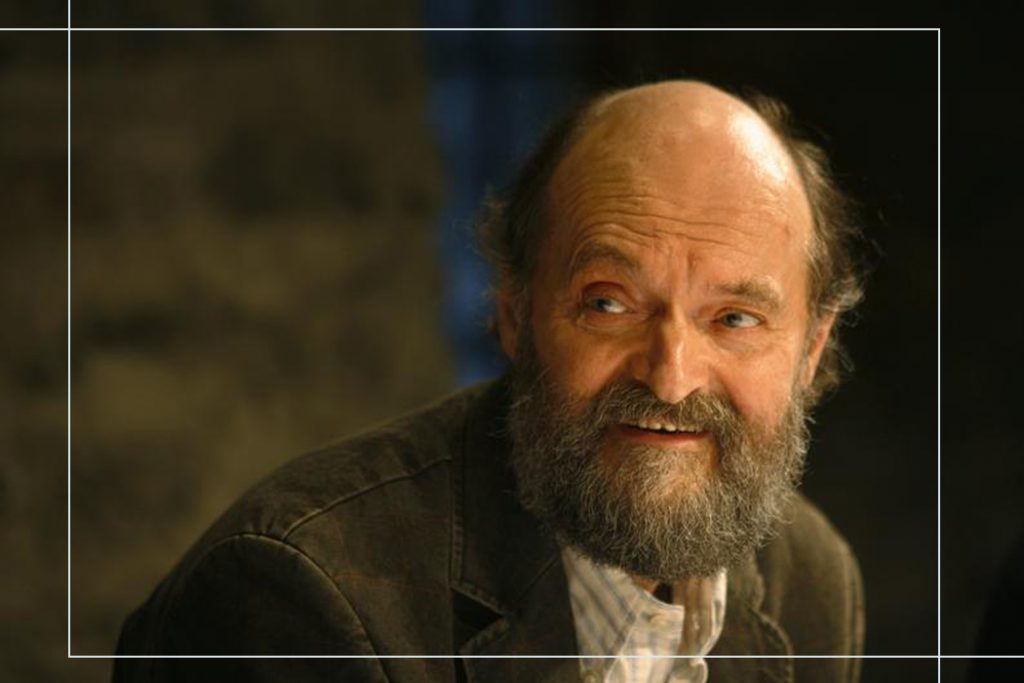
+ Welcome to Soundfly! We help curious musicians meet their goals with creative online courses. Whatever you want to learn, whenever you need to learn it. Subscribe now to start learning on the ’Fly.
Arvo Pärt is a rarity in the modern music world. His work is conceptual, yet also imbued with deep sentiment and religiosity. This balance between heart and mind is one of several reasons why the Estonian has become the most-performed living composer on the planet. His pieces Spiegel im Spiegel (1978) and Für Alina (1976) are beloved by concert audiences and used extensively in film and television — and probably will be for many years to come.
Arguably, his success stems from his ability to balance the mathematical rigor of serialism with the accessibility of other mainstream minimalists like Glass and Reich. With a bit of study, you can start deriving beautiful music from abstract harmonic concepts as well! For now, let’s dive in to what makes Pärt’s music so powerful.
Pärt’s journey to prominence was far from smooth. He struggled against Soviet officials over his disinterest in glorifying the state through music, eventually leading him to emigrate to the West. The religious conviction that informs his music was also a result of an internal battle to switch out the Lutheranism in which he was raised for Orthodox Christianity. Fittingly enough, Pärt’s most lauded period, in the later half of the 1970s, came only after a long sabbatical from his own serialist compositions. Apart from grappling with his faith, he spent this time studying the early music of the Renaissance and medieval ages.
He emerged from this period with his signature compositional approach, known as tintinnabuli. Borrowing its name from the Latin word for a bell used in Roman Catholic ceremonies, a piece in this style is created by assigning one of two roles to the musical voices in the composition: one voice articulates only notes from the tonic triad of the composition, and the second is assigned a scale and explores it in a stepwise motion.

If this all sounds somewhat abstract, it can be brought to life through an analysis of one of Pärt’s most famous pieces, Fratres (1977). It’s a piece written without specific instrumentation; the 1984 ECM recording entitled Tabula Rasa contains two excellent arrangements. The first (below), with pianist Keith Jarrett and violinist Gidon Kremer, is my personal favorite, but the simpler arrangement for 12 cellos is perhaps a better candidate for analyzing the composition.
In Fratres, Pärt employs his tintinnabuli method to explore the tension between an A minor triad and the D harmonic minor scale. The first sound we hear is a drone of A and E, staying within the ambit of A minor. Then the main passage enters as follows:

What we see here is three voices. The lowest starts on C#, the 7th interval of the D harmonic minor scale. It moves stepwise down the scale once, then twice, then three times. Each “pass” involves a retrograde movement back to its starting point of C#. The highest voice follows the same retrograde pattern, starting from E, the 2nd interval of D harmonic minor. The lower voice is an inverted 6th in relation to the higher voice, which is a 3rd in relation to the lower.
Phew! Still with me?
The middle voice, barricaded between these two, is constricted to A, C, and E — or, the tonic tintinnabular triad. It only contradicts the up and down movements of the other two voices when not doing so would lead to an ugly C natural/C# dissonance. If we graph this analysis, we get the following:

As the piece progresses, this same retrograde motion is commenced from a lower position in the D harmonic minor voices. So the second articulation of the chords would look like the following:

If you grasp what’s going on here, then you essentially understand the basic mechanics of the entire composition. The reason I have emboldened all the Cs in these graphs is to draw your attention to how the tonal center is shifting back and forth between A major and A minor. This occurs as the D harmonic minor voice pulls and pushes against the tintinnabular A minor triad.
Furthermore, the unconventional chords that commence each articulation of the retrograde motion (like the B♭6 inversion that opens Fig. 3) are anchors for the A major/minor modulations, as well as interesting moving targets for the listener to appreciate.
These different articulations are used very effectively by Pärt in his more complex arrangement of Fratres for piano and violin (linked above). The first two articulations (Fig. 2 and Fig. 3) are played energetically on Kremer’s violin, before returning to the A/E drone for two measures. Then the third articulation begins, commencing on the quite consonant triad of A, E, and C#, strongly implying A major. This powerful sense of harmonic resolution is accompanied by a change in the instrumental roles, with Kremer’s violin beginning to drone on A and E, and Jarret’s piano delicately playing the third articulation in the upper registers.
This dovetailing of a strong harmonic center and a clever arrangement change provides a kind of pivot for the rest of the composition to slowly build upon.
The upshot of all this is to demonstrate the brilliance of Pärt’s compositional minimalism. He derives a tremendous amount of emotional impact from these incredibly simple moves. The whole is indeed greater than the sum of the parts. The excellent thing about the tintinnabular method is that it is straightforward and accessible to anyone with a moderate grasp of theory and an instrument to play.
Rafael Anton Irissari’s version of Für Alina is a wonderful example of the simplistic extrapolations you can derive from the frameworks of this music.
If you want to explore this exciting compositional technique for yourself, start out by learning the basics of Fratres on your instrument of choice. Then, set yourself on your own tintinnabular compositional path: pick a triad and a scale and see where you end up.
Want to improve your composition with the help of a pro?
Soundfly’s community of mentors can help you set the right goals, pave the right path toward success, and stick to schedules and routines that you develop together, so you improve every step of the way. Tell us what you’re working on, and we’ll find the right mentor for you!




